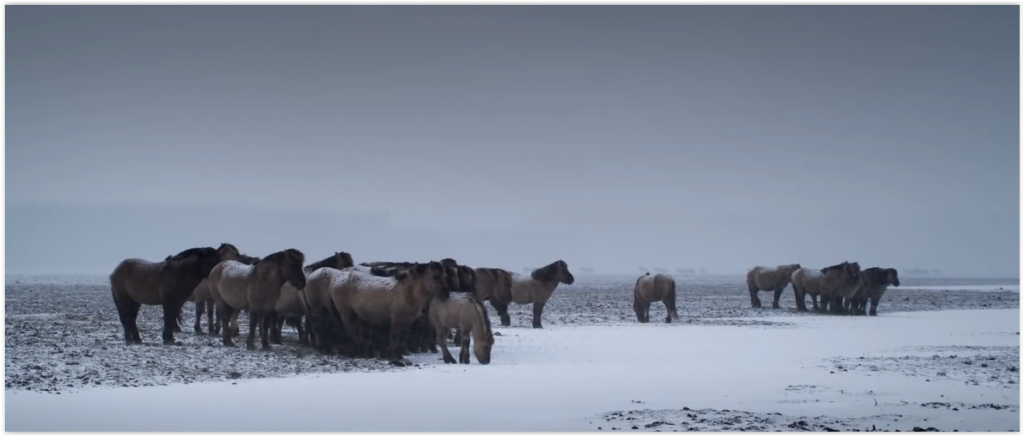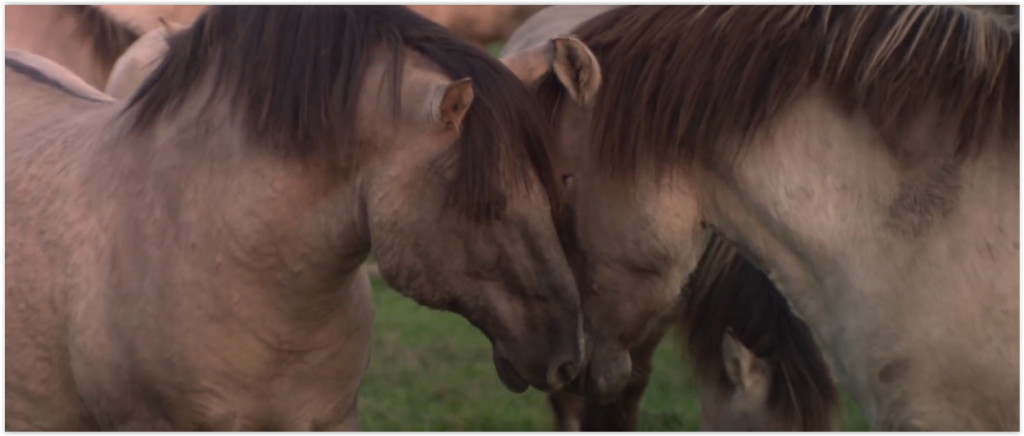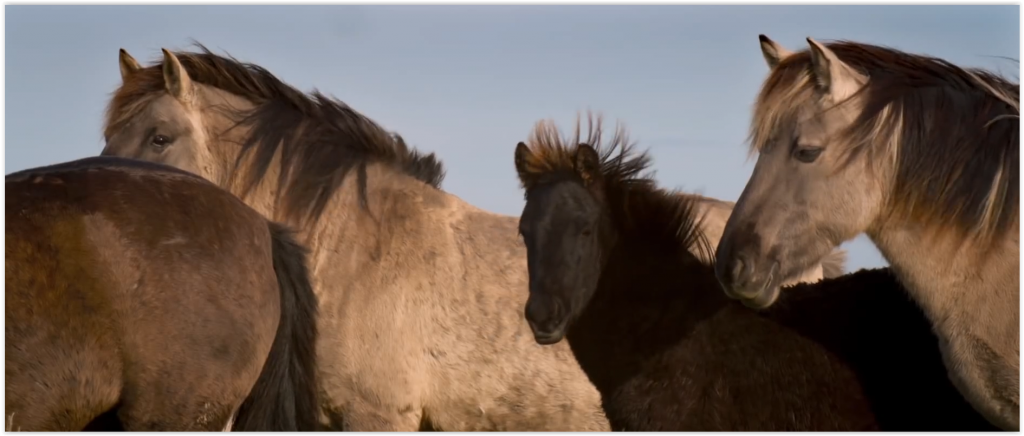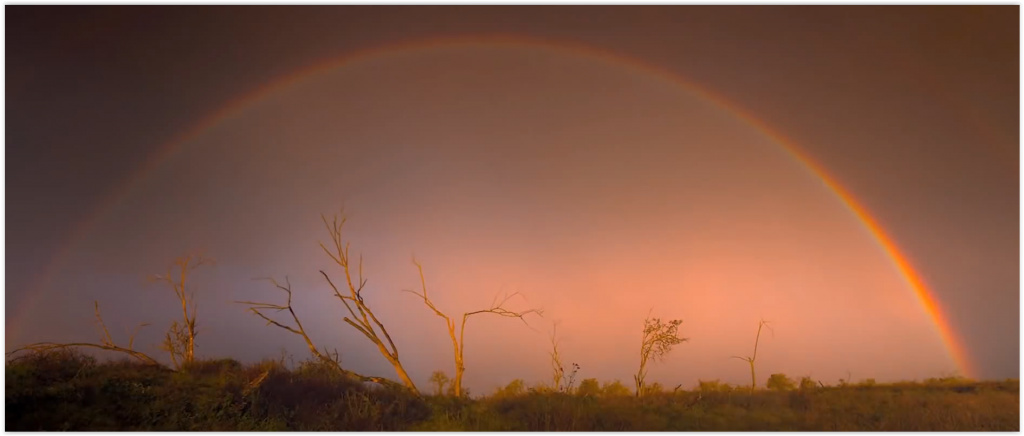Oostvaardersplassen

The Oostvaarderplassen is a 56 square kilometers nature reserve between Almere and Lelystad in the Dutch province of Flevoland. The area was created after the reclamation of the Flevoland polders (1950-1968) and so it is a maturing nature reserve. The Oostvaardersplassen is a significant part of the migratory path for birds serving as a wetland and wintering area. The area can be divided roughly into two parts: a wet (36 square km), and a dry (20 square km) area. The dry lands are viewed as a suitable habitat for large grazing animals.

The area has limited access to visitors and enjoy legal protection. Oostvaardersplassen is almost entirely designated as a National Park and Bird Sanctuary. Since 1999 Oostvaardersplassen has gained the European Diploma for Nature , a recognition by the Council of Europe which is evaluated every five years. In 2009 Oostvaardersplassen was designated as a Natura 2000 site. In December 2016, the national government responsible for managing the Oostvaardersplassen transferred that responsibility to the province of Flevoland.

Wild Horses Roam Free

The Oostvaardersplassen is managed by the Forestry Commission. For over 25 years cattle, horses and deer have grazed the dry lands while birds rule the wetlands. The horses, deer and cattle live and die on the Oostvaardersplassen. And the corpses of the dead animals are left for food for other animals and not removed. Thus the animals get to live as close to their natural unspoiled habitat as is possible in today’s world.

Over 3300 deer, 1150 Konik horses, & 360 Heck cattle graze the Oostvaardersplassen today. Konikpaarden, or Konik horses, originally roamed in Poland and Belarus, but are the closest living relative to the tarpan, the wild horses from Northern Europe, which are unfortunately extinct. The Konikpaarden were introduce to the Oostvaardersplassen in 1981 and the herd still roams free today.

Oostvaardersplassen For Bird Watching

The area has about 30 major species of birds. These include rare birds like the bittern and the little egret , but also common species like the grey goose, of which there about 33,000. The layout of the pool area appears to play a major role in the type of birds that roost: the number of nests of the egret and spoonbill are going up steadily.

In 2002 for the first time a nest of juvenile ospreys was found. The nest was prematurely blown from the trees, but it nourishes the hope that the Osprey breeding will be in the future of the Oostvaardersplassen. The black stork and the eagle appear with some regularity in the Oostvaardersplassen. The eagle has been established as a breeding bird since 2006 and feeds on the carcasses of the dead herbivores. The grass snake can be found in the whole area, and beavers have established their claim near the cormorant colony .

Oostvaardersplassen: Not For Fishing
The Oostvaardersplassen are poor when it comes to fish. Only a few species of fish are known: eel , bream , three-spined stickleback , leather carp , pos, perch, rudd, common carp, dace, mirror carp , nine-spined stickleback , IDE and sunfish . Migration of fish throughout the Oostvaardersplassen is not possible.
The New Wilderness
The area was the subject of a recent documentary De Nieuwe Wildernis – The New Wilderness. You can check out the trailer in the video above.
